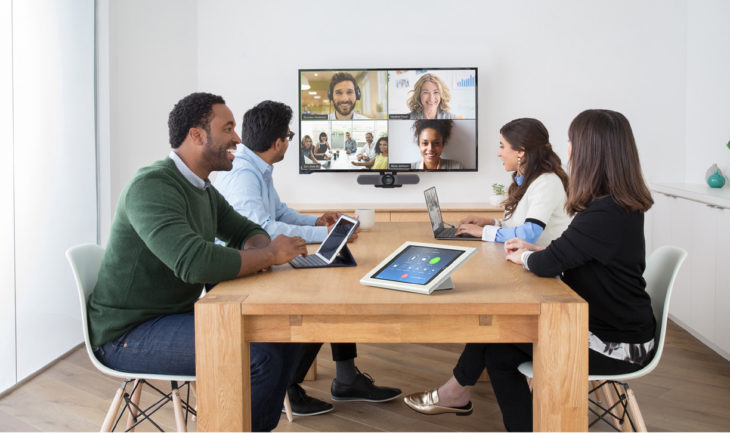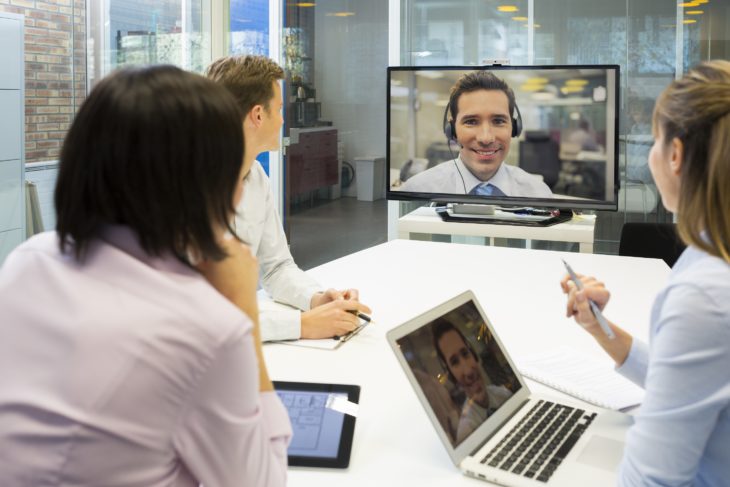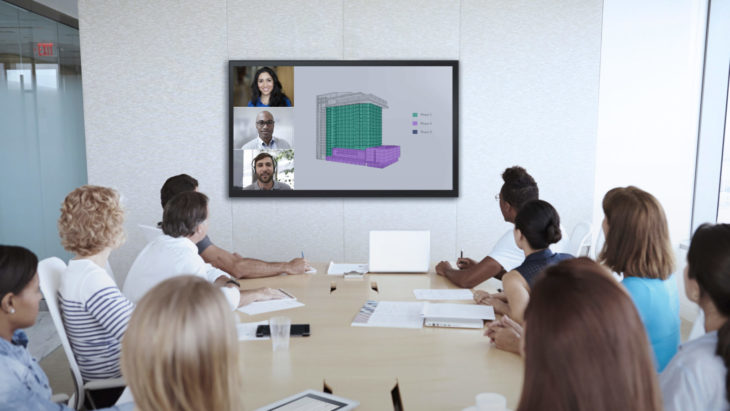The year 2024 has turned face-to-face meetings virtual after the outbreak of the coronavirus. Workplaces have continued their operations outside of the office with remote employees who utilize video conferencing options like Zoom to meet and communicate. Unfortunately, the commonality of video chat has developed Zoom fatigue or the feeling of tiredness or exhaustion triggered by too many Zoom meetings.
Kevin Dalby, Austin, Texas native, and professor with a Doctor of Philosophy degree in Organic Chemistry have been forced to utilize Zoom to continue his research work in drug discovery. You can take a look at some of his work at kevindalby.com. As a victim himself to fatigue from one too many video conferences, Dalby offers a few suggestions on how to make video conferencing less draining:
Contents
Tip 1: Set Objective Expectations

Source: wsu
If you are hosting a meeting, be sure to set objective expectations with all participants before starting the meeting. That way, you can help people stay alert by giving them a timeline of discussion points during the conference. It is also critical to keep meetings short if you want the audience to stay focused on what subjects need to be brought to the table for quality feedback.
Try to aim for minimal screen time. This has perfect sense when you think about it, you will have just enough time to discuss all of the topics that require you to and you will prevent potential time-wasting, that happens pretty often if the organization is not at the appropriate level. Therefore, implementing this approach will prove itself highly effective, that is without a doubt.
Tip 2: Prioritize Tasks

Source: languageline
Here is another tip for video conference hosts or meeting leaders. Help cut fatigue for those who attend the meetings by prioritizing tasks. Yes, there will always be more to talk over. Still, everyone in the video chat will thank you for taking the time to decipher what conversations are a priority and can be most effectively chatted about over video.
Other communication tools can just as effectively deliver messages regarding non-priority topics. Prioritization is key to success for a wide array of things. Focusing on a task that is more urgent and completing them in as short a time as possible is definitely the goal we all should strive after. That way, we can have just enough time to complete all of the other things that are not as urgent.
Tip 3: Change Things Up

Source: loopup
Are you entirely over Zoom meetings? Try changing things up. Move areas of discussion whenever possible over the phone, through email, or even text to decrease video time. It is also a good idea to change up your environment or sceneries during video chats, as well. Sit in your car or at the park for your next conference. Staring at the same office space in your home can only add weight to the fatigue. You can also consider switching up your position, such as sitting then standing, during conferences. Adding such additional movements will aid in keeping your eyes open.
The reason for it is that a high number of people don’t like being in one place all of the time. At the same time, your position might have a negative effect on the other participants of the video call. Don’t get us wrong, nobody will become anxious or something like that, but it’s basic human nature that we like changes and that staying in one place too much simply doesn’t suit us as human beings. We all love spicing things up sometimes. So, maybe you can consider talking with your colleagues about frequently changing their location. It could be fun, you never know.
Tip 4: Take a Break from the Camera

Source: ft
Psychologists have found that the emotional mix of feeling uncomfortable from staring at others on the screen while gazing at yourself and naturally seeking to reflect a professional image can cause mental overload, which triggers Zoom fatigue. Take a break and switch your video off while leaving on just the audio. By doing that, you will provide some relief to yourself and take a break from being seen by other people.
It is pretty natural, nobody likes to be stared at for a long time. Moreover, you talk with your company about cutting the length of your video conference calls. In this case, we can say that keeping these conferences short and effective is a much better option than having a call that lasts for a couple of hours and achieving practically nothing. This is far more common than we can presume. So, keeping it short and effective looks like the way to go.
Tip 5: Opt Out Socially

Source: gotomeeting
Do not feel pressured to attend social meetings over video chat. If you are severely suffering from conferencing fatigue, consider opting out of virtual social gatherings altogether. Save video chats for necessary purposes, such as work meetings. The less time spent staring at yourself on a computer screen, the better. Nobody likes to be looked at for too long, let’s be honest with each other.
We are human after all, the social component is highly important for our development as human beings. And all of us can agree that the digital way of communication is not in our basic nature. So, many companies around the world decided to opt for a more direct type of communication instead of maintaining the current trend of video conferences and online meetings. According to some reports, we can say that this approach can have a significant help in increasing the overall productivity.
The Takeaway
In this day and age, we need to follow certain trends in order for us to be competitive in our respective fields. Having video conferences surely has a plethora of benefits that we could reap at our workplaces and for our companies. However, there are some things that we need to pay attention to. Here we have provided you with five tips that could potentially help you with taking the best out of your video conferences. We certainly hope that you will reap all of the benefits we have mentioned earlier in the article.
